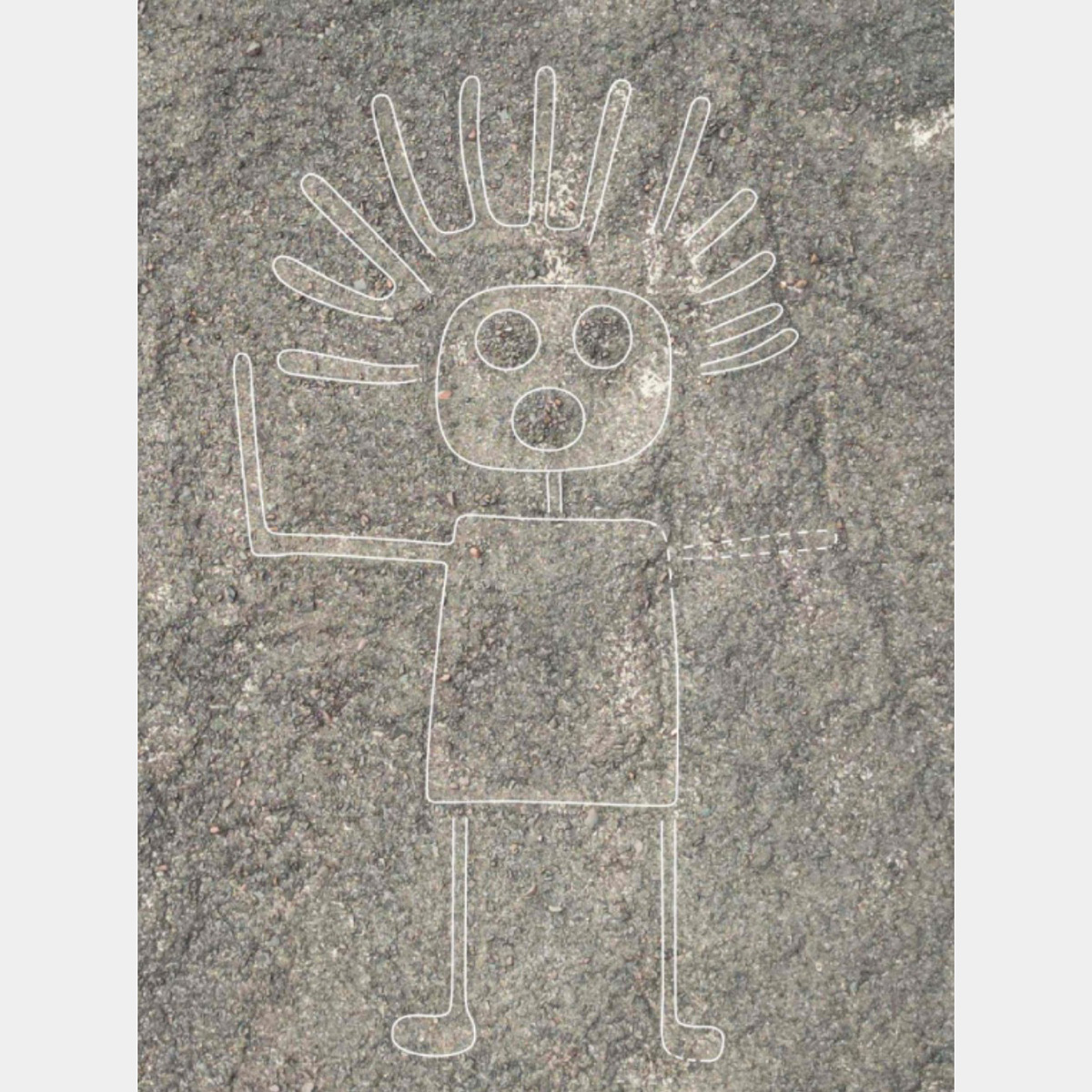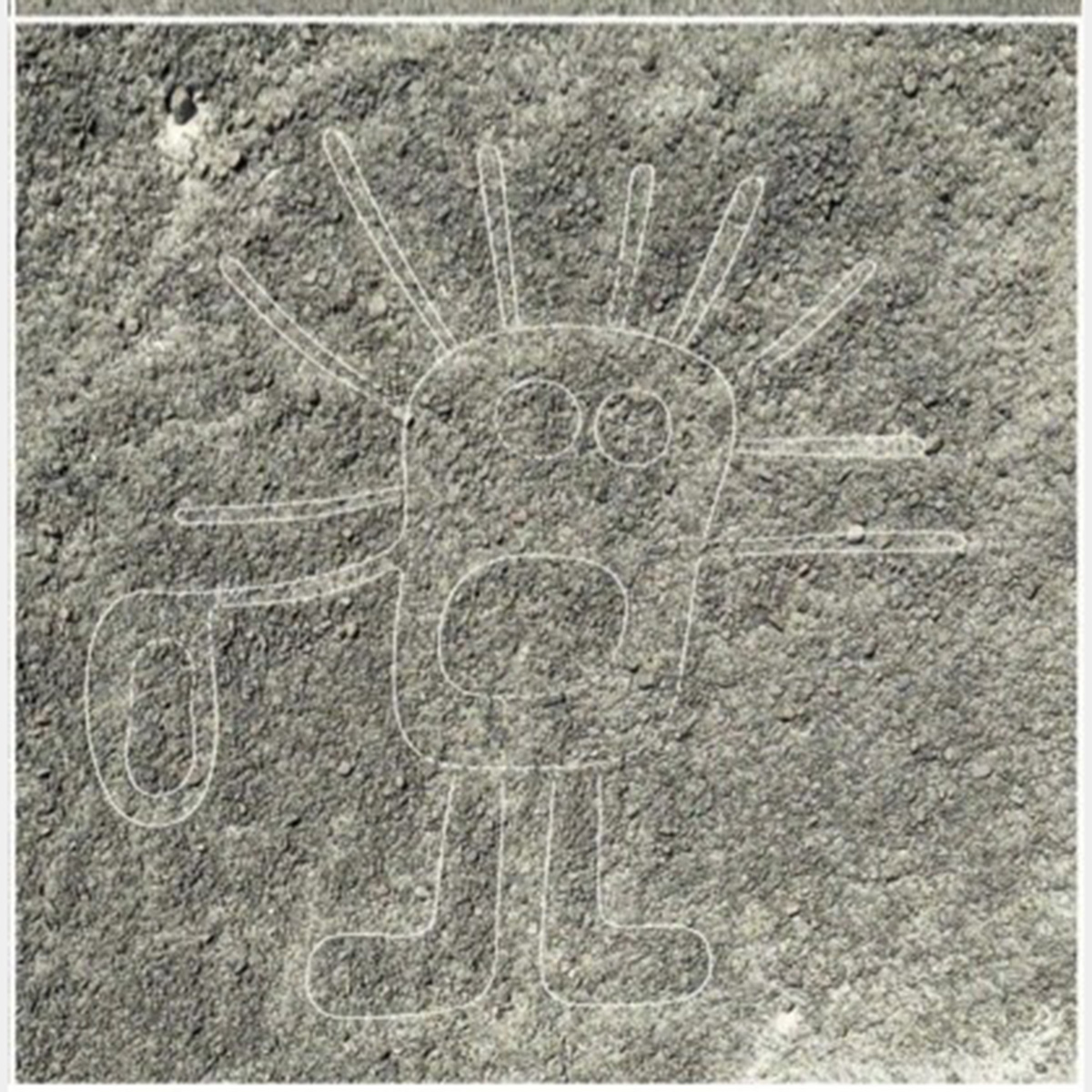- Events & Programs Home
- Calendar
- Accessibility
- Adults
-
Families & Teens
- Families & Teens Home
- 10x10 Teen Art Expo
- Art on the Rise
- Art Together: Art Making for Families with Children Ages 3–5
- Babies Sing with May Festival Minis
- Boy Scouts / Girl Scouts
- CAM Kids Day
- Family Storytime and Gallery Walk
- Family Studio: Art Making for Families with Children Ages 6–12
- Games in the Galleries
- Members-Only Baby Tours
- Public Baby Tours
- REC Reads
- Rosenthal Education Center (REC)
- Saturday Morning Art Class
- See Play Learn Kits
- Summer Camp
- Teen Fest: Zine and Comic Exchange
- RECreate
- Teachers
- Community Outreach
- Fundraisers
- Plan Your Own Event

- Events & Programs Home
- Calendar
- Accessibility
- Adults
-
Families & Teens
- Families & Teens Home
- 10x10 Teen Art Expo
- Art on the Rise
- Art Together: Art Making for Families with Children Ages 3–5
- Babies Sing with May Festival Minis
- Boy Scouts / Girl Scouts
- CAM Kids Day
- Family Storytime and Gallery Walk
- Family Studio: Art Making for Families with Children Ages 6–12
- Games in the Galleries
- Members-Only Baby Tours
- Public Baby Tours
- REC Reads
- Rosenthal Education Center (REC)
- Saturday Morning Art Class
- See Play Learn Kits
- Summer Camp
- Teen Fest: Zine and Comic Exchange
- RECreate
- Teachers
- Community Outreach
- Fundraisers
- Plan Your Own Event
Blog: CAM Uncovered
Blog: CAM Uncovered
- Home
- Plan Your Visit
- Art
-
Events & Programs
- Events & Programs Home
- Calendar
- Accessibility
- Adults
-
Families & Teens
- Families & Teens Home
- 10x10 Teen Art Expo
- Art on the Rise
- Art Together: Art Making for Families with Children Ages 3–5
- Babies Sing with May Festival Minis
- Boy Scouts / Girl Scouts
- CAM Kids Day
- Family Storytime and Gallery Walk
- Family Studio: Art Making for Families with Children Ages 6–12
- Games in the Galleries
- Members-Only Baby Tours
- Public Baby Tours
- REC Reads
- Rosenthal Education Center (REC)
- Saturday Morning Art Class
- See Play Learn Kits
- Summer Camp
- Teen Fest: Zine and Comic Exchange
- RECreate
- Teachers
- Community Outreach
- Fundraisers
- Plan Your Own Event
- Give & Join
- About
- Tickets
- Calendar
- Exhibitions
- Collections
- Blog
- Shop
Incised Lines: Ancient and Modern – Sketch CAM
by Bruce Petrie, President, Board of Trustees
10/22/2024
SketchCAM , Nazca Desert , Peru
More than 2,000 years ago, people living in the Nazca Desert in Peru discovered an artform using the unique earthen materials of their harsh environment. Reddish pebbles, sitting atop a layer of yellow-gray clay, covered their desert. The Nazca artists discovered that if you take a stick and cut lines in the pebbles, incising down several inches into the clay layer, you could make enormous desert drawings best viewed from a distance atop surrounding hills.
Today, you can see these amazing Nazca line drawings in person or from space images or even via a quick Google search on your phone. Recently, with help from AI, scientists at Japan’s Yamagata University have added 303 geoglyphs to an already extensive collection.
Here are just two samples:
The big mystery of the Nazca Lines is: why? Why did the Nazca peoples create these massive drawings? Modern scientific speculation abounds, with theories ranging from celestial, to navigational, to water wayfinding and so on.
Are these theories looking too hard for a rational explanation? After all, human imagination involves not only rationality but also a range of motives as complex and mysterious as human consciousness. Observant art makers today know that they don’t know all the whys behind why they create the works they do. Was this also true of the artists who incised the desert with abstract imagery? Were they letting their free imaginations wander, using the earth’s surface as their blank canvas?
All we need to do is watch a youngster with paints at CAM’s Rosenthal Education Center to see the
imagination clicking with the basic joy of making.
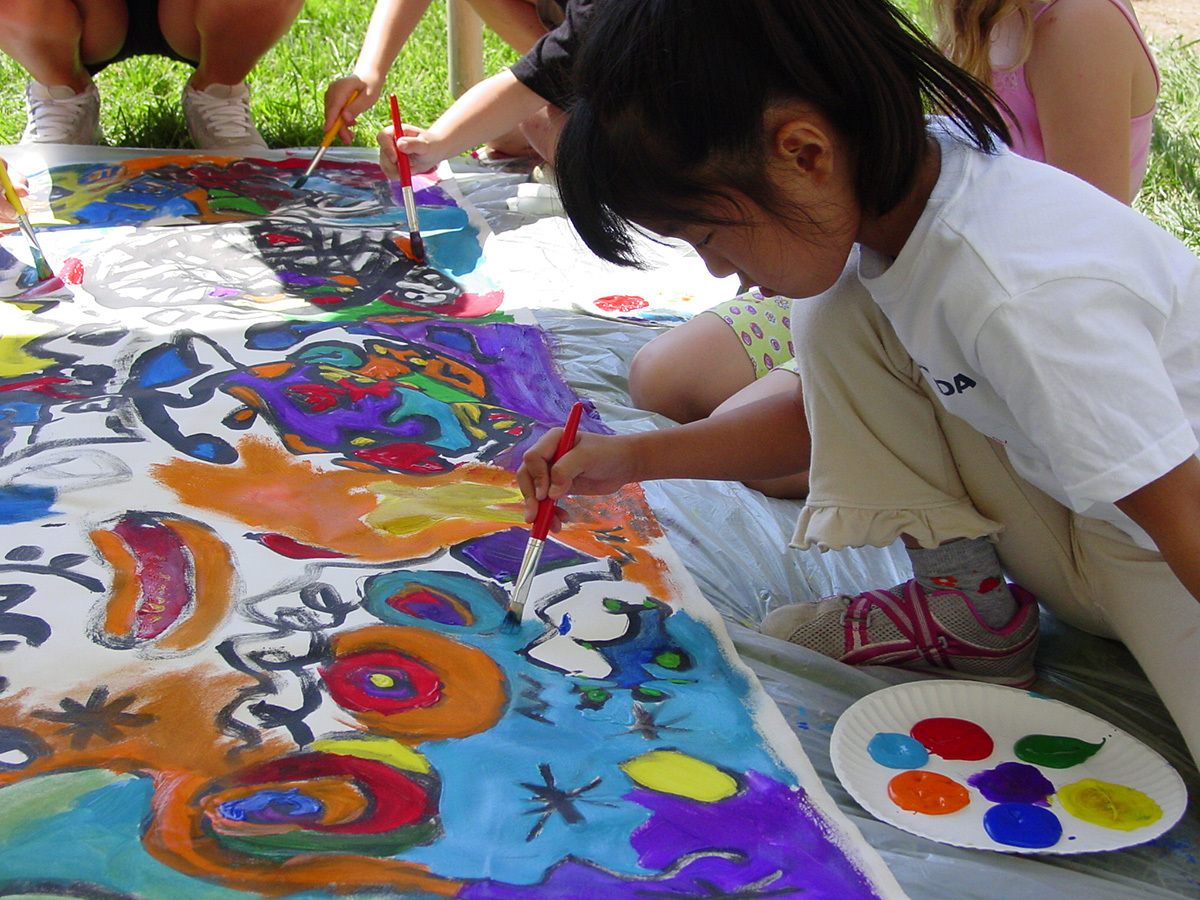
Or look at the images within Joan Miró’s surrealist mural at CAM. Can we see some similarity between Miró’s free imagination and that of the Nazca artists? Can we imagine this Miró figure incised in sand?
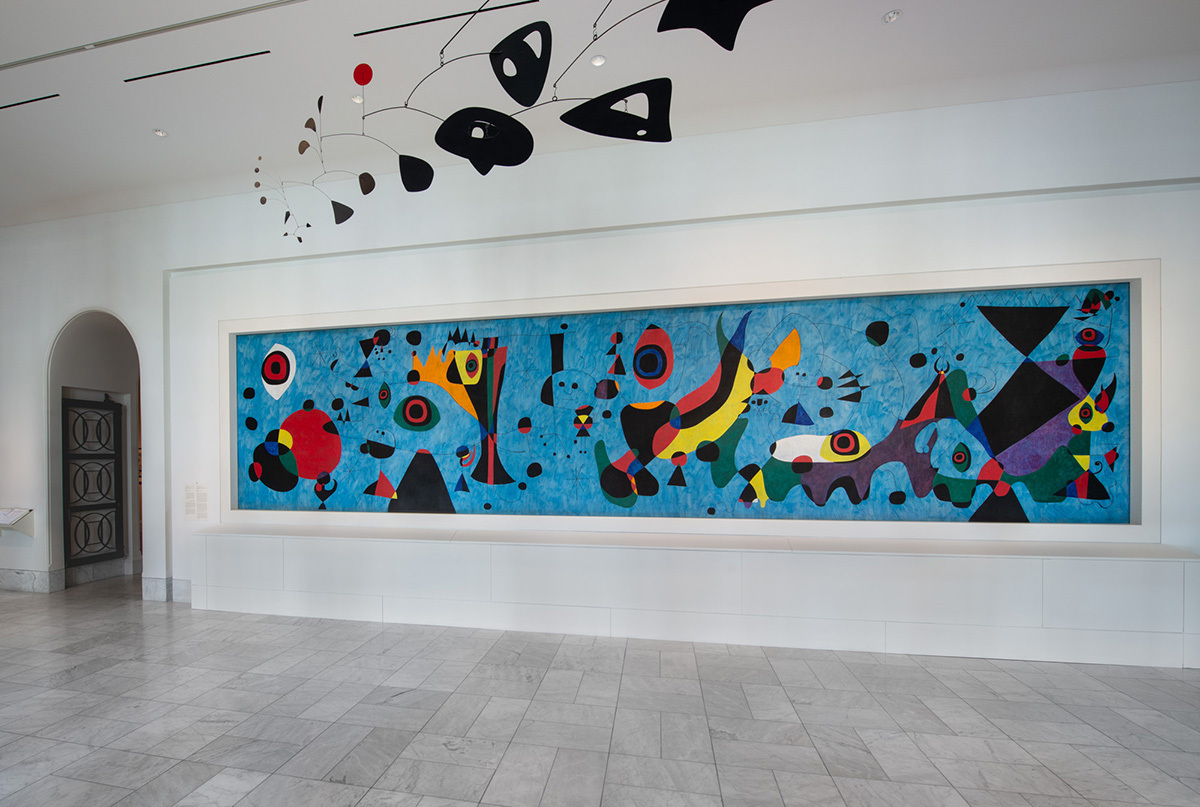
Incising is an enjoyable, ancient—and modern—technique used in painting, sculpture, ceramics, engraving, and other art forms.
Want to incise? Sketch CAM offers here a little imaginative exercise. Pull a white sheet from your sketchbook, go to your spice cabinet and spread a thin layer of cinnamon over the page. Imagine that’s the top layer of pebbles. Now draw your geoglyph with the tip of a plastic knife, like this:
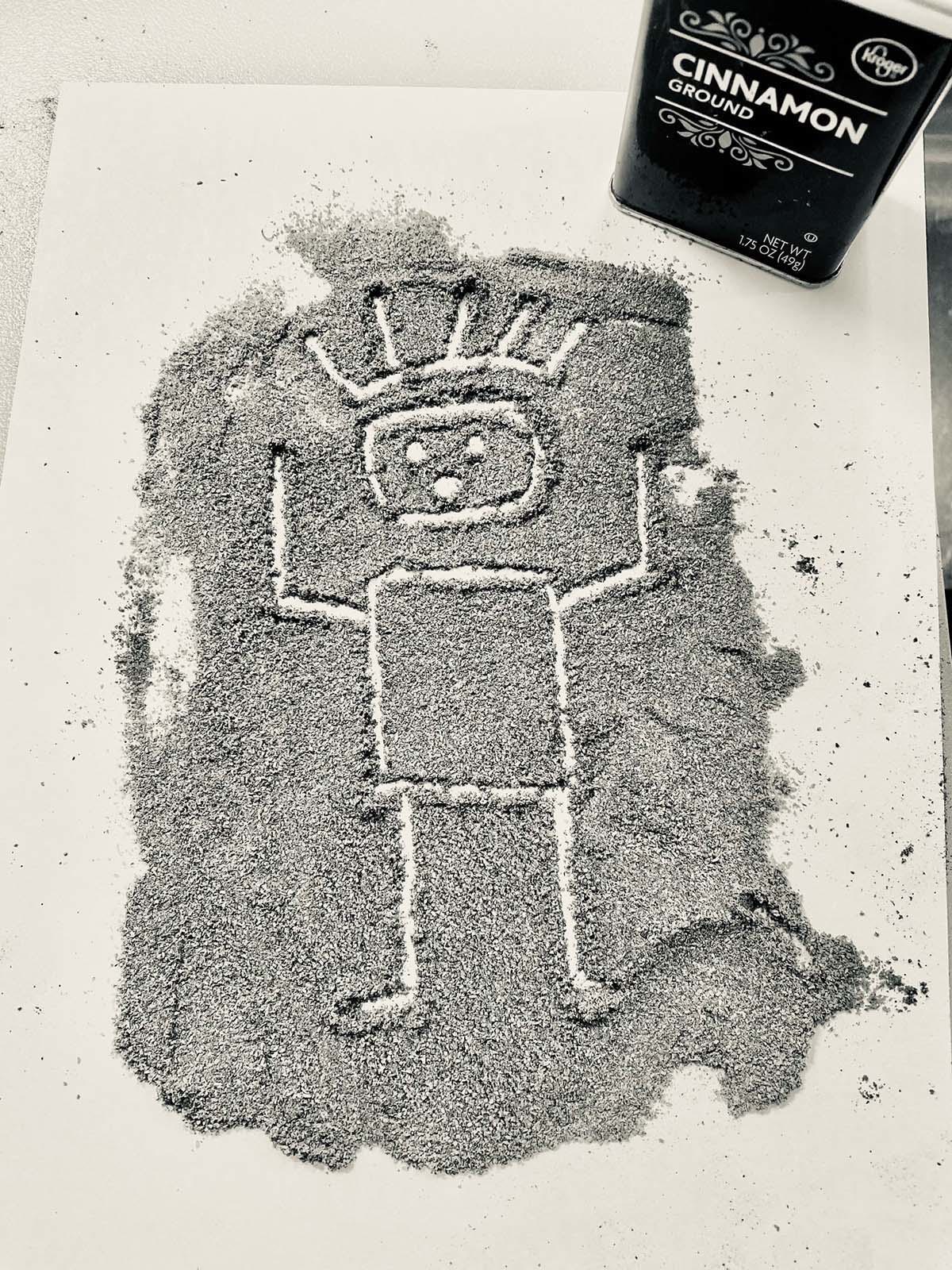
Related Blog Posts
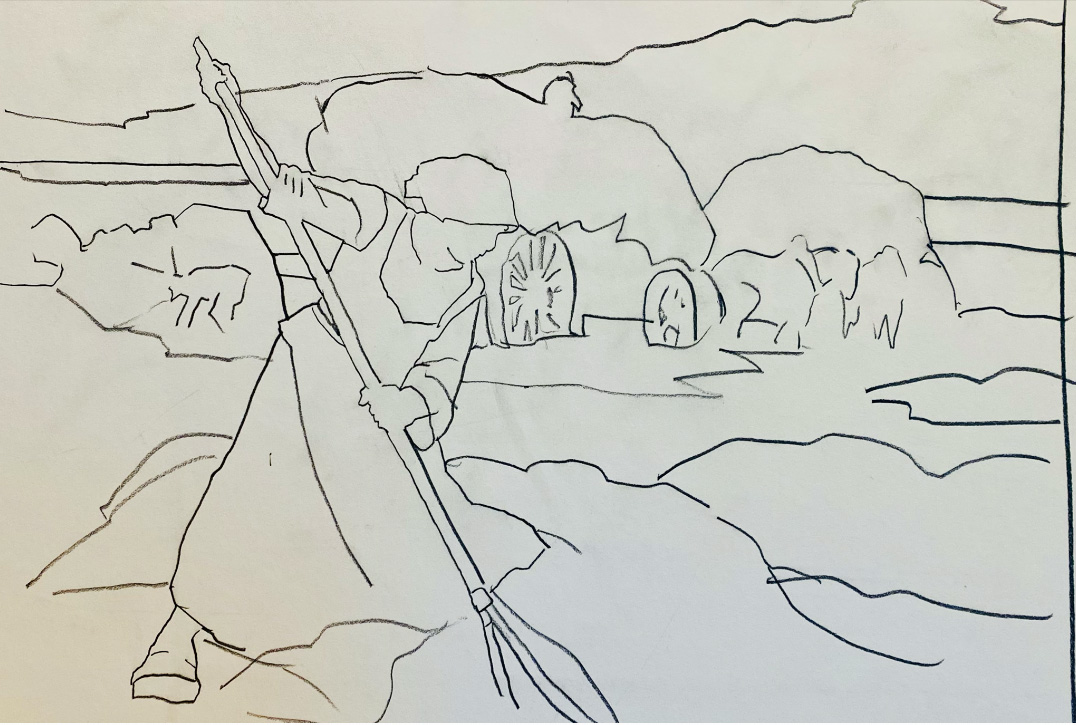

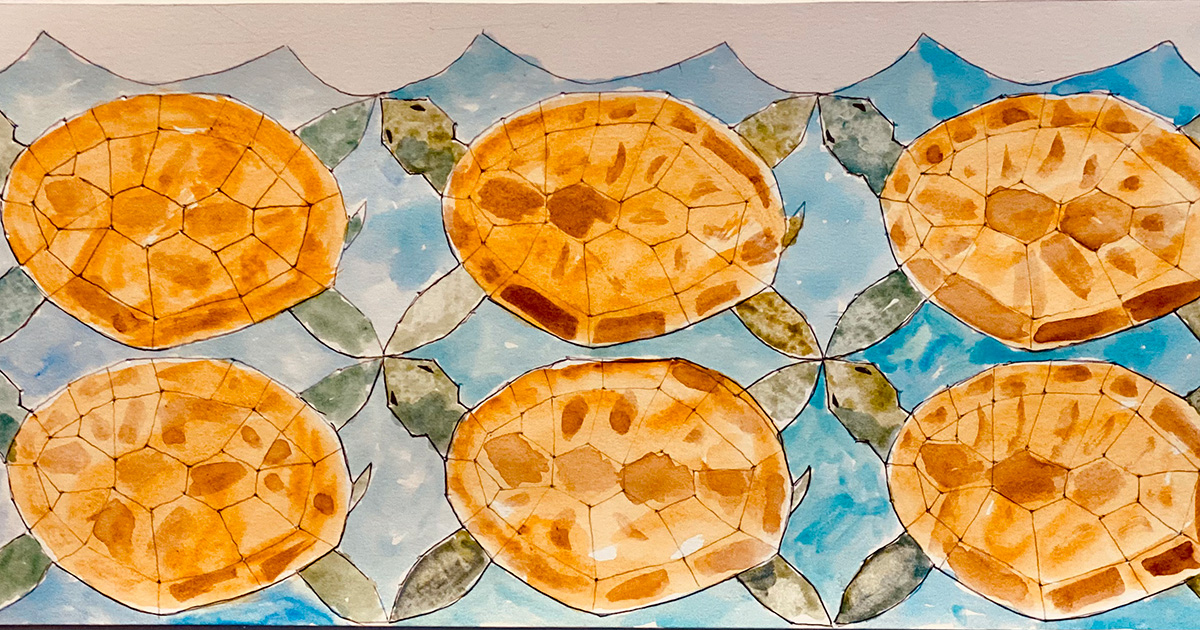
Cincinnati, OH 45202
Toll Free: 1 (877) 472-4226
Museum Hours
Museum Shop
Terrace Café
Library
Cincinnati Art Museum is supported by the tens of thousands of people who give generously to the annual ArtsWave Campaign, the region's primary source for arts funding.

Free general admission to the Cincinnati Art Museum is made possible by a gift from the Rosenthal Family Foundation. Exhibition pricing may vary. Parking at the Cincinnati Art Museum is free.
Generous support for our extended Thursday hours is provided by Art Bridges Foundation’s Access for All program.

General operating support provided by:



